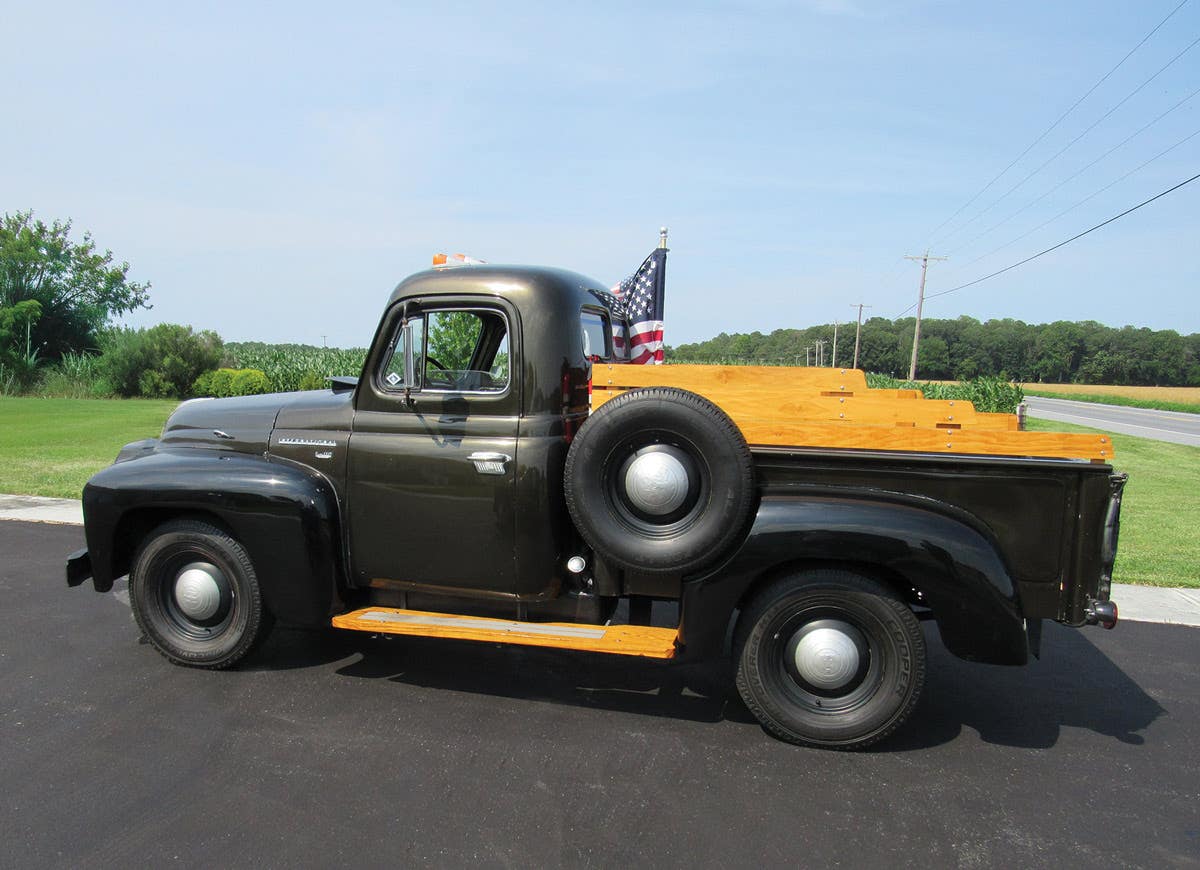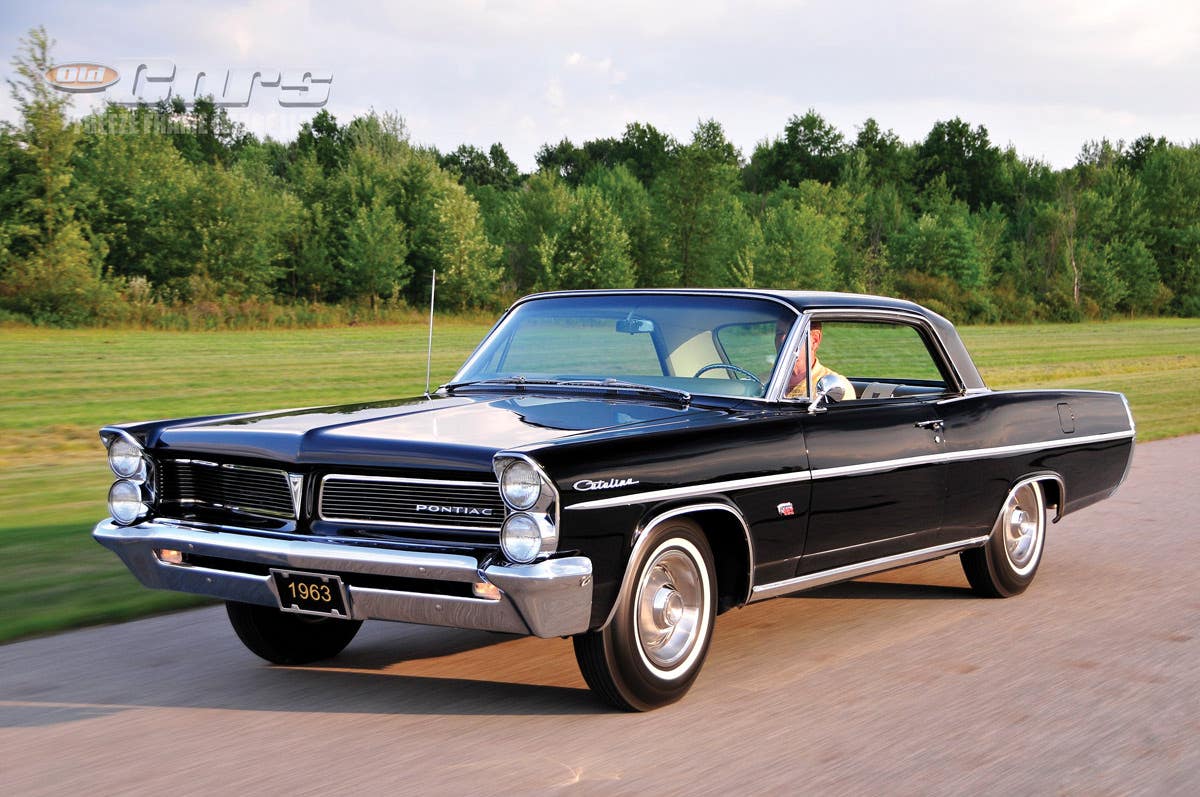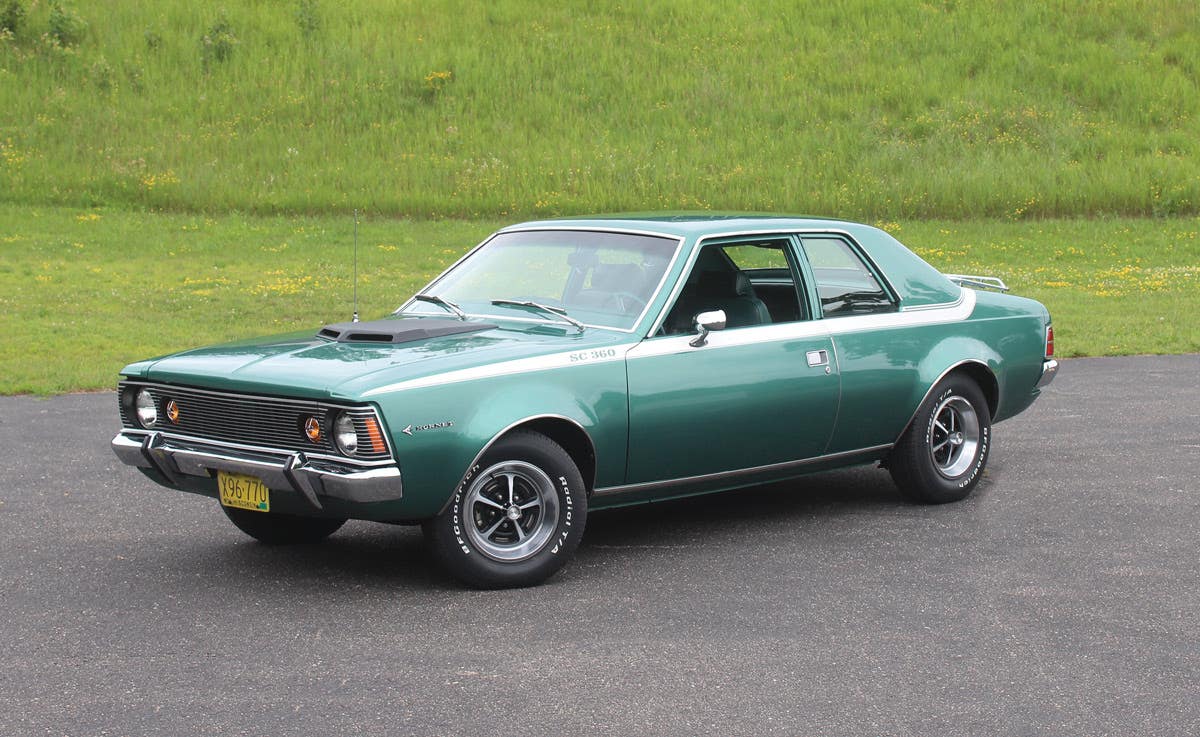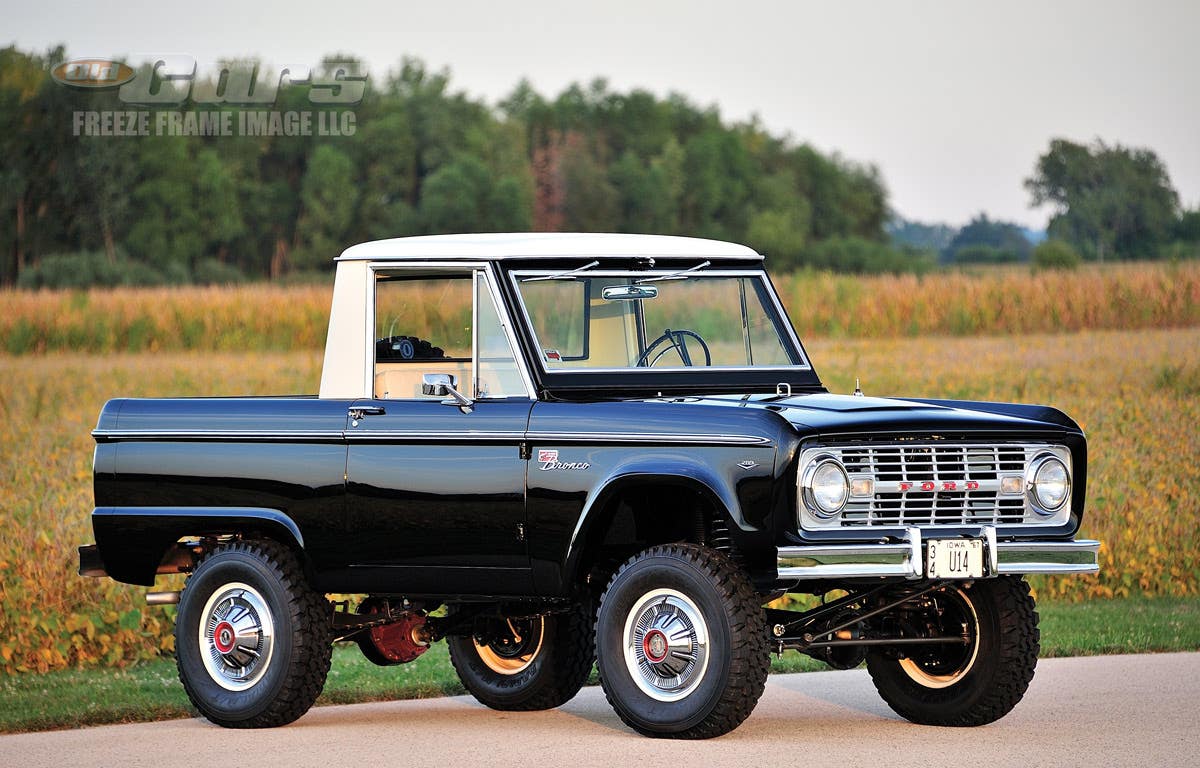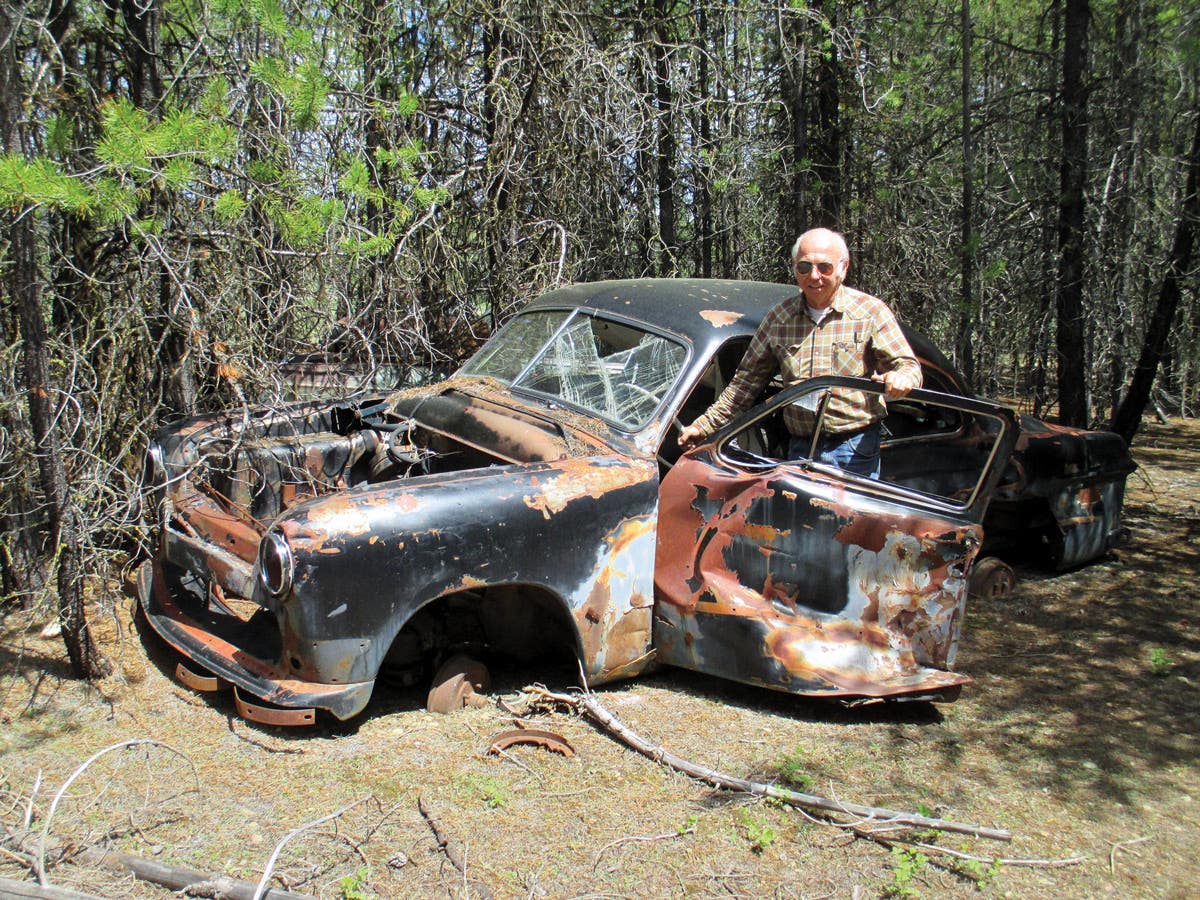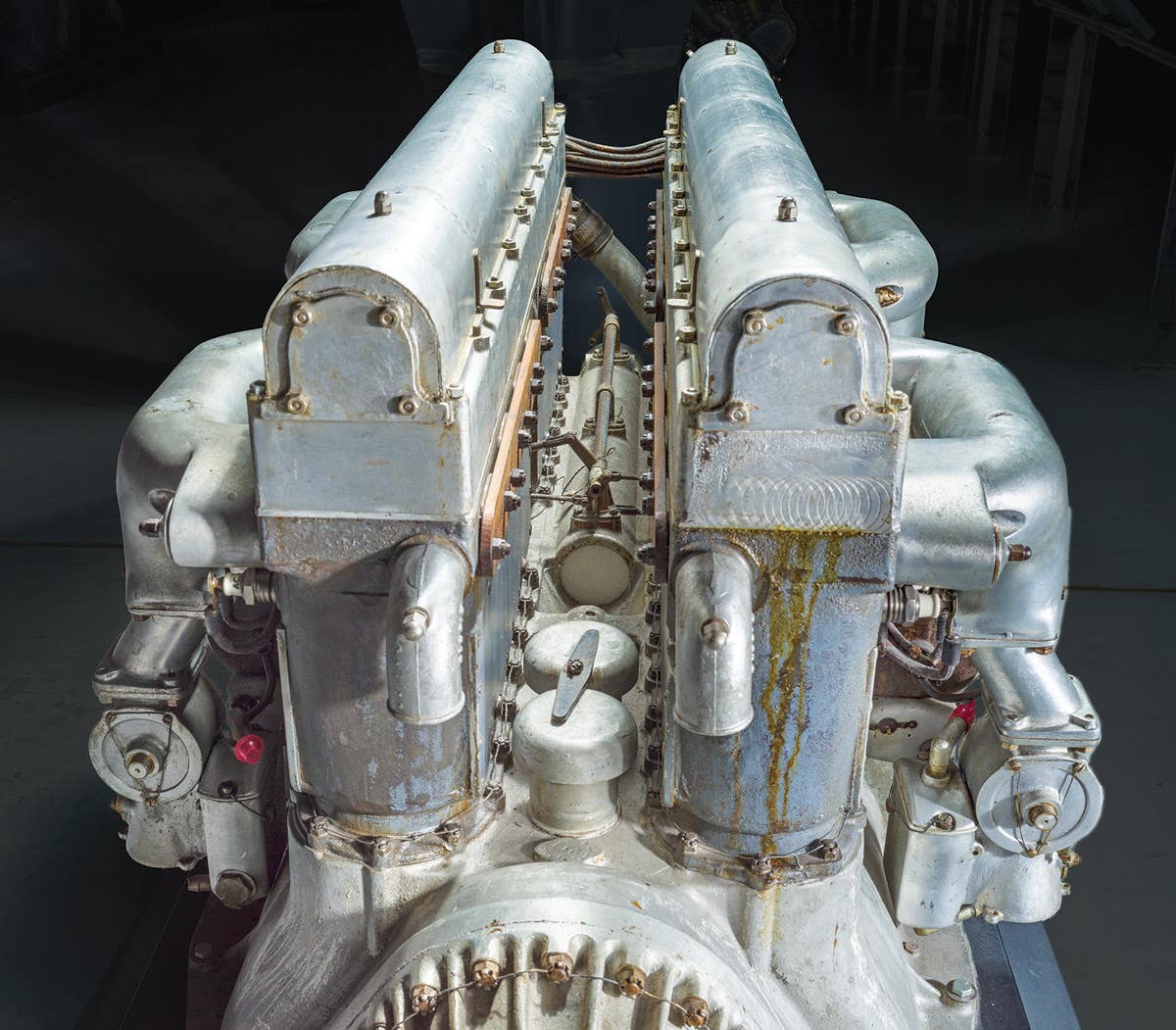Head for the Hill!
The Hershey Vintage Hillclimb brings out veteran and rookie drivers. In the end, you either conquered the hill or you became just another victim.
The number of new drivers at this year’s Hershey Vintage Hillclimb shows the event’s appeal, while the number of returning drivers shows that it can hold their interest.
“At the beginning of the drivers’ meeting on Saturday, the drivers’ advisory board chairman, Larry Shaffer, asked, ‘How many people are here for the first time?’” Chairman Dave Walter said. “This eliminates anybody who ever ran the hill in the ’60s or ’70s, and there were probably 20, 22 hands that went up.”
It was the event’s seventh year in vintage form. The original Hershey Hillclimb ran from 1958 through 1970. Both have followed the same 0.7-mile course to the Hotel Hershey in Hershey, Pa., but the Appalachian Sports Car Club sponsored the early version and the Susquehanna Valley Vintage Sports Car Club sponsors it today. Walter said that 20 new drivers among 70 registered speaks well for the climb, as does the revival’s success since its 2002 beginning.
“It’s established,” he said. “There’s no doubt.”
One of the new drivers watched it become established as he was building his own skills.
“Having come to this event over four or five years,” said Jonathan Kendig of Finksburg, Md., “I decided after getting a little more into the time trial things and feeling myself getting a little bit better at it, ‘the Hershey Hillclimb looks like something. It’s close, I’d like to try that.’”
Kendig was driving his 1965 Corvair Corsa, a car that his father, Warren Kendig, bought new and, until 1972, used daily.
“I was not really a fine-car person,” Warren said. “But I liked the car. I thought it was a very nice vehicle. I drove it until the repair bills kind of got the better of me. That was in 1972, and I drove it into my garage and there it sat until 1995.”
When the garage was about to be demolished, Jonathan acquired the still solid Corvair from Warren. Its original 140-hp engine was replaced with a built-up unit that he said produces close to 200 hp. The project had a learn-as-you-go quality, right down to setting up the Webers liberated from a Porsche 911T. There was also the fuel leak that caused a fire — while the car was in the garage — that required several extinguishers and a garden hose.
“I got it out,” Jonathan said, “but for a split second, I was [thinking], ‘This could go badly.’ I burned up the wiring harness on the engine and a few of the rubber seals.”
In about 2005, Kendig began getting track time with the Corvair, but this year’s Hershey was his inaugural hillclimb.
“My first trip up the hill in the familiarization runs,” he said, “it was scary. ‘Holy smokes, what am I getting myself into?’ The trees seem to be everywhere.”
His times improved consistently, he said, and the event hooked him.
“I’m going to have to go onto the Pennsylvania Hillclimb Association Web site and figure it out,” he said.
Corvairs in competition today are slightly unusual, but a 1977 Datsun B-210 is another matter. Few drivers have ever viewed B-210s as performance cars. Mike Kamm, of Averill Park, N.Y., remembers repairing them as a Nissan master technician, but he didn’t expect to find one.
“I had these cars in the past,” he said, “but living in the Northeast, they rusted out. You stopped seeing these cars regularly 15 to 20 years ago.”
His Datsun survived by spending nearly all of its life in California before arriving in upstate New York. Its owner sold it when mechanical problems developed.
“My friend, who was working on it, said, ‘I only know of one person who would want this car,’” Kamm recalled. “And he gave me a call and I came right down and bought it.”
It needed some front-end components and a complete drivetrain, which was no problem, because Kamm had plenty of spares. The suspension is stock and apparently original, meaning that the Datsun is at its stock ride-height. Still, Kamm was satisfied with its performance.
“I’m completely pleased,” he said, “and I have no inclination to really go crazy today, because I’m happy right where I’m at. To do anything dumb at this point would ruin my whole weekend.”
Kamm said that he doesn’t see himself as a serious hillclimber, which isn’t the same as saying he’s new at competition driving.
“I’ve done pretty much every other kind of car racing that I can think of,” he said. “And hillclimbing was one of the things that I never got on my list, so it was a good opportunity to come and do that and be with my friends.”
Among those friends was Karl Hughes of Casenovia, N.Y., with his 1973 BMW 2002.
“I bought it in about ’91, ’92, for a daily driver,” he said, “and to participate in wintertime speed-distance rallies in the Rochester, NY, area. I did that for a couple of years, put a set of snow tires on it and a rally computer in it, and had a blast. Then, one of the guys I knew talked me into ice racing it, so we went out and ice raced it on frozen lakes around Syracuse, and that was a great deal of fun.
“I retired this for a VW Golf, which is front-wheel drive. I did some autocrossing in it and then I decided to make it into a race car.”
The BMW, he said, proved to be the right car for hillclimbing, and its forgiving nature would make it a good choice for a beginner. Hughes is not extremely experienced at hillclimbing, but he has some background.
“This is my fourth time here,” he said. “I did a hillclimb in Vermont some years ago. I’ve been autocrossing since 1975, and I’ve done some road racing and a lot of ice racing, but specifically hillclimbs? Not a lot.”
Unfortunately, his BMW was one of several cars at Hershey to return on a rollback and Hughes found himself at a hospital.
“My neck was a little sore,” he wrote in an e-mail several days later. “And having been an EMT, I agreed with the EMTs at the ambulance that the proper thing was to go to the hospital for a check-out. Four hours and a CAT scan later, they decreed me completely uninjured.”
The car was lucky, too, but not unscathed. Hughes said he lifted off the throttle to brake for the entry to Turn 1 and the BMW continued to accelerate, thanks to what he later diagnosed as worn throttle bushings. He opted to go straight off the course, rather than risk the turn.
“It was a fairly light impact, all things considered,” he said. “No glass broke — not even headlights — the doors still close properly and the front bumper is undamaged, oddly enough. So far, it looks like a matter of bolting on a new suspension and doing some paint work on the front valance. The lower radiator support will have to be pulled out a bit and the radiator is toast.”
Walter said that motorsports in general carry risk; his Corvette also returned on a rollback.
“I had a little shunt today and busted up my hood and met a tree,” he said. “It happens. There’s no greater penalty in any sport for going out of bounds than there is in hillclimbing.”
Corvettes were 2008’s featured marque and Walter began hillclimbing with a year-old Vette in 1969. By then, his spectator experience at Hershey had already hooked him and he later found Corvettes well matched to the task.
“[A Corvette]’ll get you into trouble,” he said. “But it’ll also get you out of trouble. A lot of horsepower there. You’ve got the torque, and torque is an answer on the hill.”
Walter said that the race course appeals to both spectators and drivers. “You’re watching somebody do something that maybe you’d like to do,” he said. “They’re challenging the road, the trees, the culverts. It’s probably the most boring and most exciting spectator sport going. When everything’s going right, it’s just ‘another car, another car, hey look at that.’ There’s always a percentage of people just sitting there waiting for a car to crash.
You’ll have that in any motorsport.
“I think as far as running the hillclimb, it’s a challenge. It’s a challenge to get to the top of the hill, look back and say, ‘Hah! Gotcha again.’ And every once in a while, the hill gets you.”
The course’s excitement lies in its short distance and narrow width, he said, and that ties in to a possibly apocryphal tale of how the climb started.
“They used to say that when the kids were out hot rodding back in the ’50s and the cops would chase them, they’d run over to Hershey and go up the back road in their little sports cars, because the big cop cars couldn’t catch them,” Walter said. “I feel it’s an urban legend, but it’s a heck of a nice story.”



